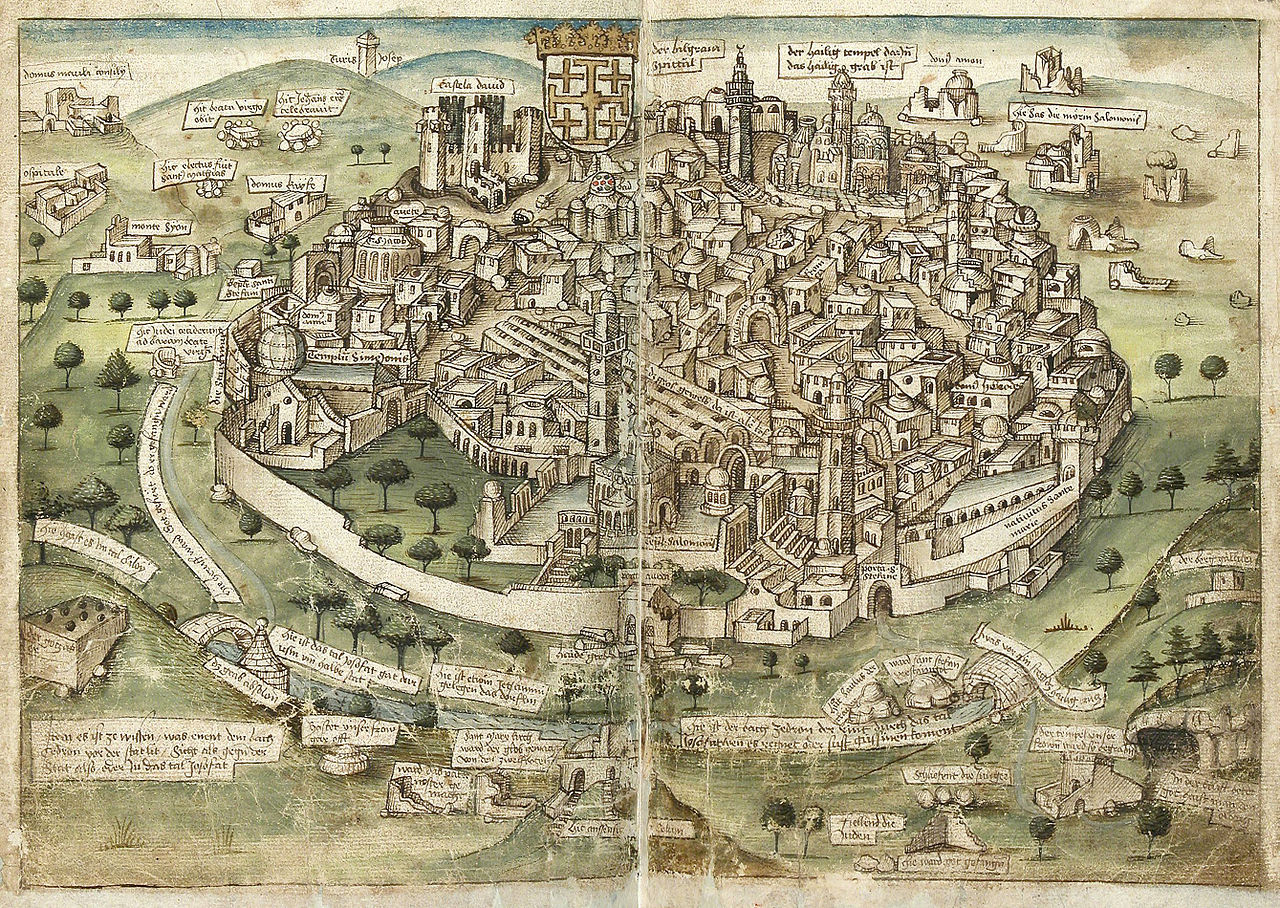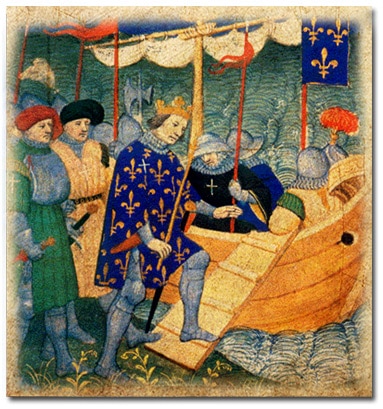By the end of 1110, the administrative shape of the crusader states in Syria and Palestine can be discerned. How were secular and religous rule established?
“King Baldwin I was the head of a feudal hierarchy in the kingdom of Jerusalem, including the lands held by Tancred, and overlord of the rulers of Tripoli and Edessa. His kingdom extended as far north as Beirut, while his expedition beyond the Dead Sea in 1100 and his persistent attempts to overcome Ascalon suggest plans for southern expansion once circumstances allowed. In this year, too, is found the first mention of the existence of burgesses (burgenses), whose activities came under the control of a royal official, the viscount. Burgesses were key subjects of the king, covering a great range of non-noble occupations, including administrators, professions, traders and farmers, and were clearly numerous enough by this date to form a definable group. They are listed as the third of the Crown’s lay orders, after the magnates (optimates) and knights (milites). By the 1140s, they were encompassed within a more formal legal structure in the shape of a Court of Burgesses, found not only in Jerusalem but also in other royal cities, most notably Acre and Tyre, (…)
The patriarch of Jerusalem was the ruler of the Church, perceived as key both as spiritual leader and as a source of supply for defence, as well as presiding over an embryonic diocesan structure that included the archbishop of Caesarea and the bishops of Lydda-Ramla, Bethlehem and Nazareth, and a developing network of monastic houses, endowed by seculars prompted both by piety and economic necessity. In turn, the monks and canons were the driving forces behind the creation of agricultural settlements, essential underpinning for the military establishment upon which survival depended.
However, quite contrary to the vision of a previous generation of ecclesiastical reformers the Church remained subordinate to the king, for whom military needs overrode all other considerations.”
This blog quotes sections, with minor alterations, from The Crusader States by Malcom Barber, (2012, p 94), Yale University Press. The illustration shows the View of Jerusalem by Conrad Grünenberg, 1487. source Wikipedia
Support TemplarsNow™ by becoming a Patron, tipping us or buying one of our Reliable Books


